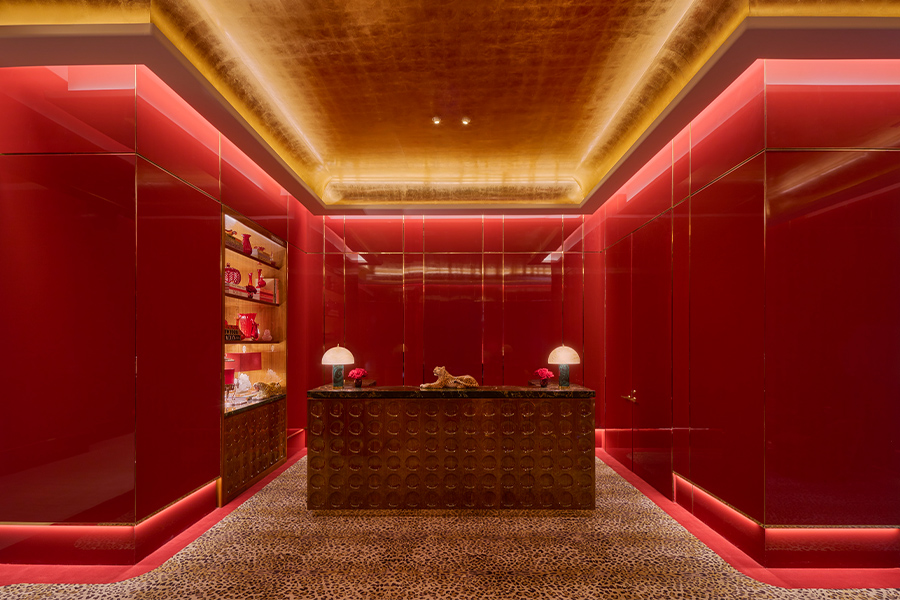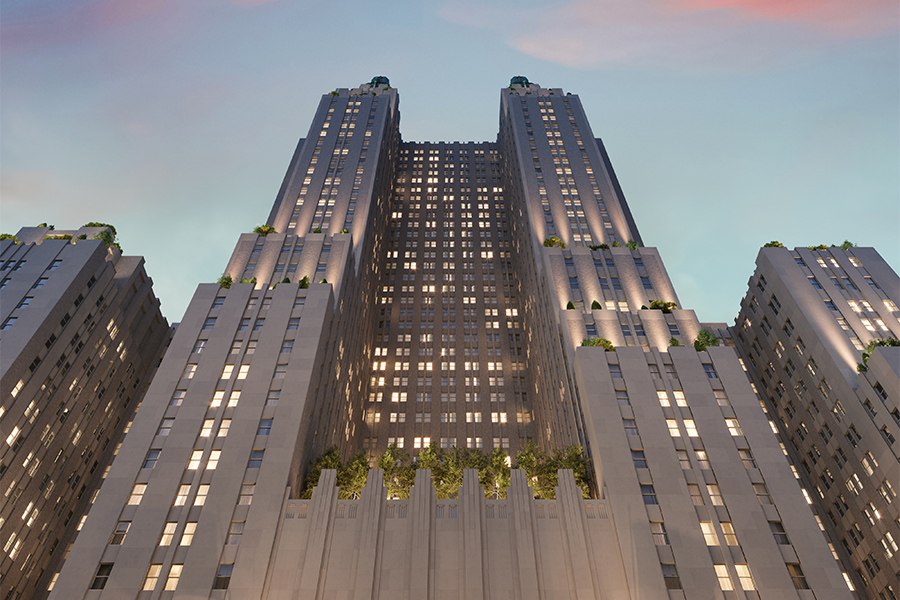In the heart of Vilnius, Lithuania’s Old Town, baroque grandeur abounds. The splendor and character of the neighborhood is embodied within the stately mansion now home to the Hotel Pacai. The property, which dates back to the 15th century, has undergone numerous reconstructions and refurbishments throughout its history. This latest resurrection masterfully blends its storied past with a sleek, modern twist.
Architect Saulius Mikštas, who collaborated on the project with interior designer Indrė Baršauskaitė, aimed to balance the classic with the contemporary to create a new ethos. This was executed with the installation of minimalist, modern furniture crafted with classical materials or textures, and by seamlessly integrating new spaces, such as the hotel’s inner yard, into the building.
“There is no aim to mimic the past but to keep the main features of classical style in the materials, and allure in details,” Mikštas explains. “Items from the past were reimagined and recast with items of the present, living together in harmony or contrast. As we navigate through both past and present in the interior spaces, we create [an] authentic expression.”
Home to 104 suites, the hotel’s accommodations range from 235 to more than 1,300 square feet. The two largest suites, the Heritage and Pacai, can be joined to create an expansive apartment that boasts a spacious living area, a dining room, and panoramic views. A luxe palette of traditional materials supports the backdrop of the original design, while references to the city and it surroundings are highlighted through materials such as clay, tin, stone, and original barnwood. Areas like the bar and spa include marble elements as well, with the latter embracing darker finishes.
Original textures and even frescoes are artfully emphasized with a lighting design that sets an intimate tone. Green walls dramatically showcase the landscapes of the Baltic nations and infuse a natural sensibility. Mikštas says of this approach: “There are no direct depictions of culture, landscape, or traditions—just a moderate expression in the conceptual and artistic way.”
“Colliding the contemporary and historic aesthetic is one of the philosophies that we strongly believe in,” he continues. “It is a reflection of our intention to keep the strong tie between architecture and interior, to blend these two processes than fields into one and create an emotion as a result.”



